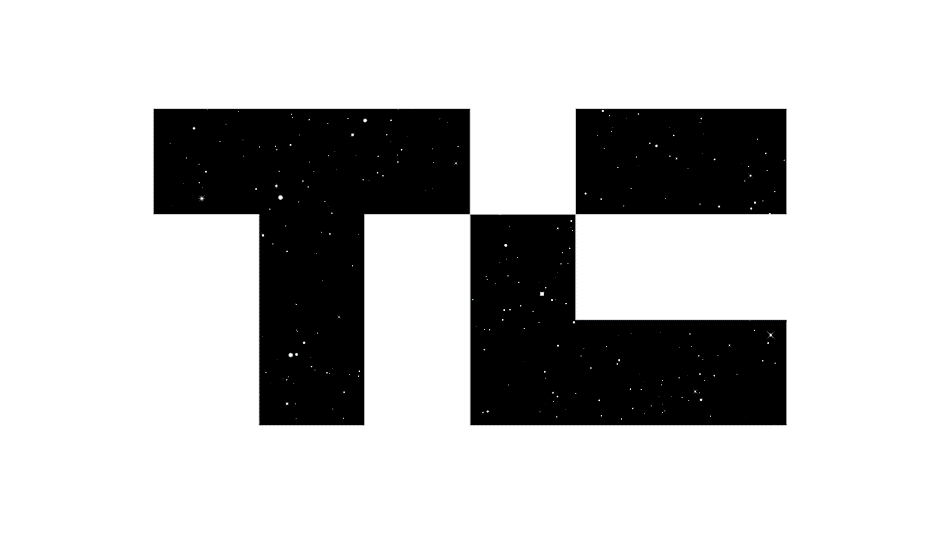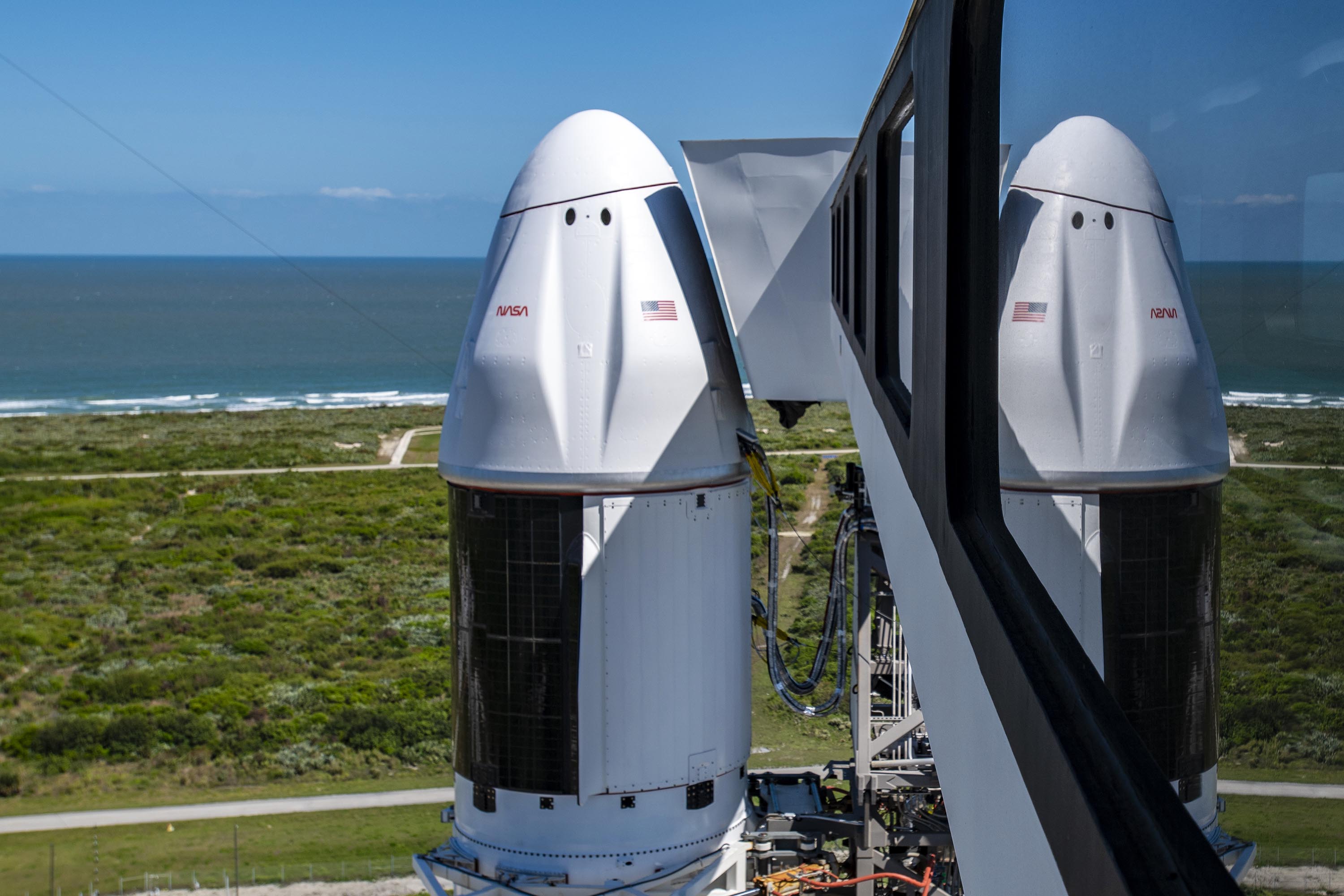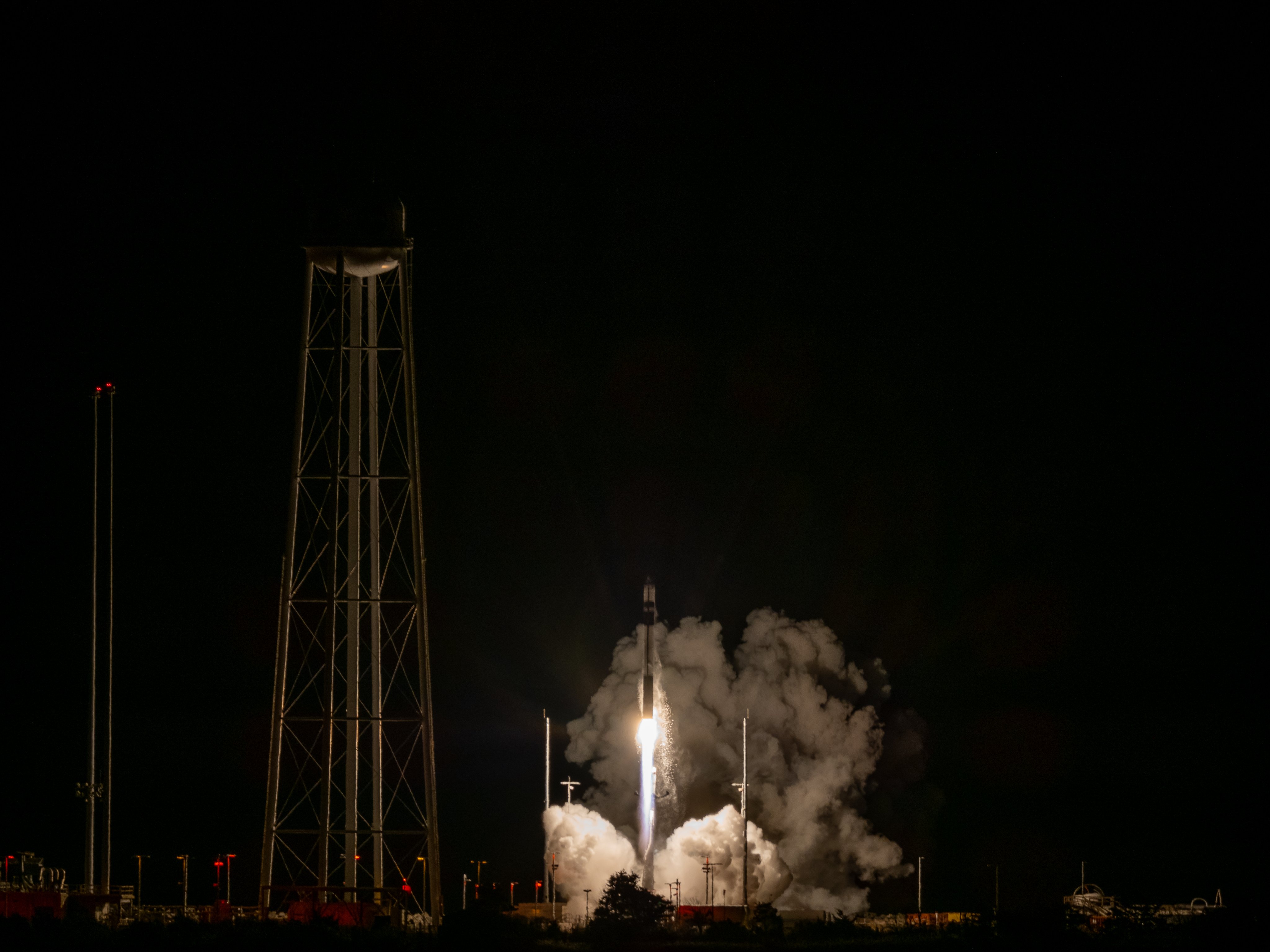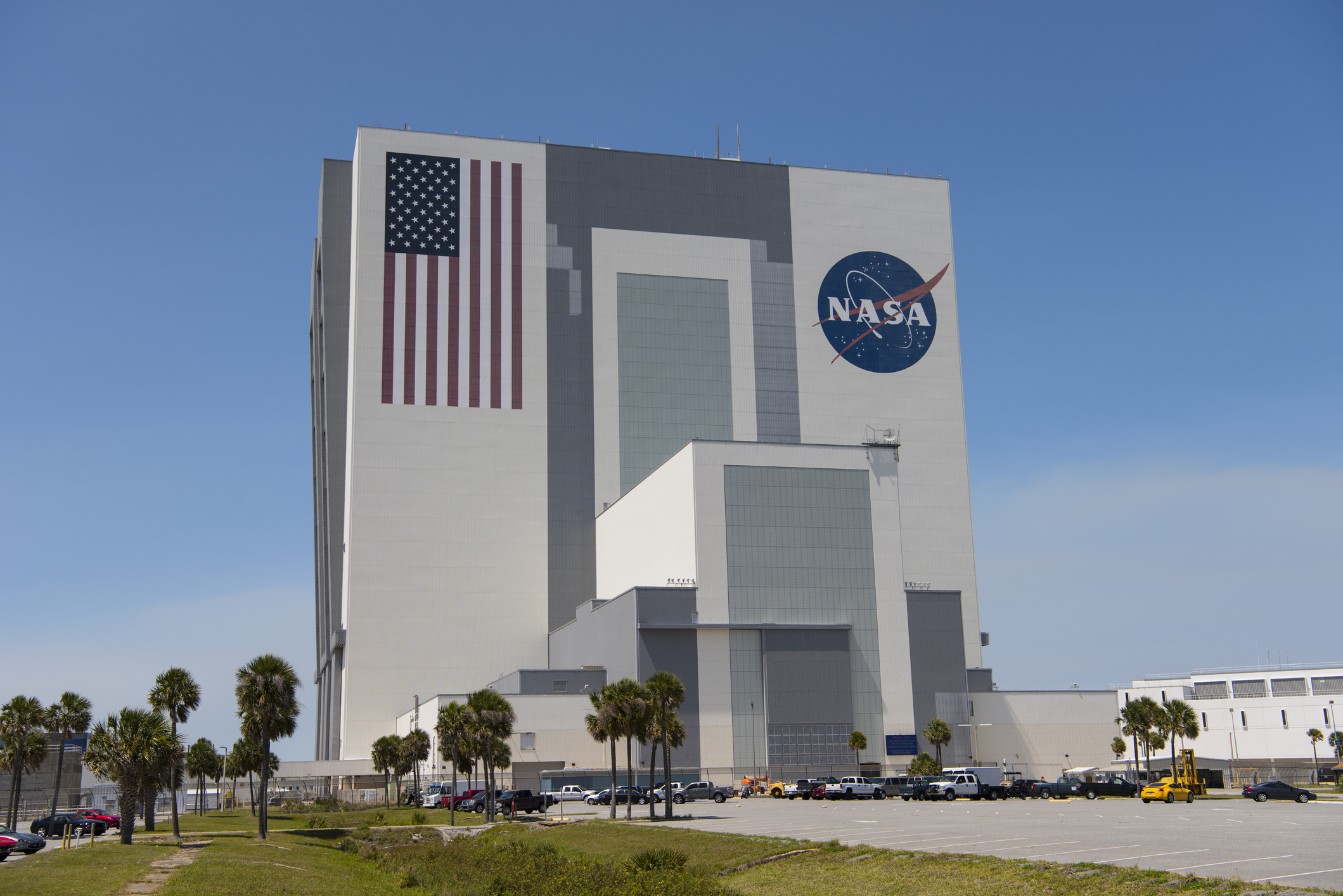
Hello and welcome back to TechCrunch Space. Mark your calendars, everyone: Boeing and NASA are planning to conduct the first crewed Starliner mission as soon as May 1.
Want to reach out with a tip? Email Aria at [email protected] or send me a message on Signal at 512-937-3988. You also can send a note to the whole TechCrunch crew at [email protected]. For more secure communications, click here to contact us, which includes SecureDrop (instructions here) and links to encrypted messaging apps.
Story of the week
SpaceX is in the final stages of certifying a second pad for astronaut launches, which should ease launch site congestion and help the company scale the number of humans it sends to space. As a preliminary step, the company used that second pad to launch an uncrewed Dragon capsule to the International Space Station. Next step: crew.

Launch highlights
Rocket Lab completed its fourth launch from Virginia last Thursday, with the Electron rocket carrying a classified payload for the National Reconnaissance Office. This is the fifth and final mission Rocket Lab has performed for NRO under a contract the company was awarded back in 2020. Watch the launch replay here.

What we’re reading
I’ve always privately wondered about how the rise of NewSpace companies has impacted hiring and retention at places like NASA — so I was really excited to see this story from Bloomberg looking into exactly that question. The situation is a little more complex than it might seem at first glance.

This week in space history
On March 30, 1982, the space shuttle Columbia touched down at the White Sands Missile Range in New Mexico. The shuttle was carrying astronauts Jack R. Lousma and C. Gordon Fullerton, who were returning home after a successful eight-day mission.



